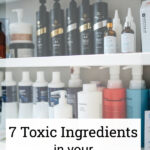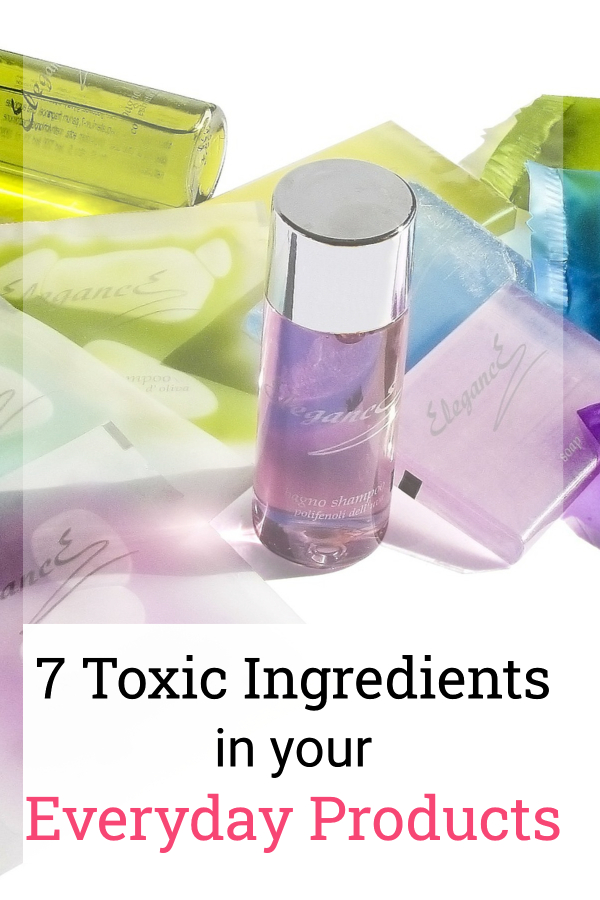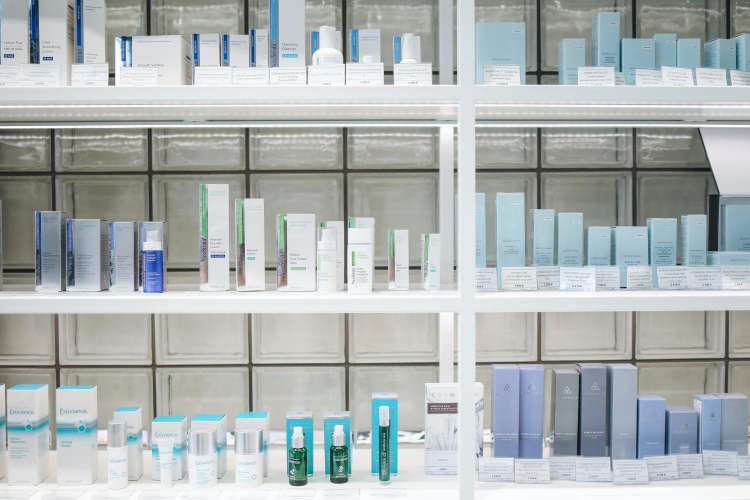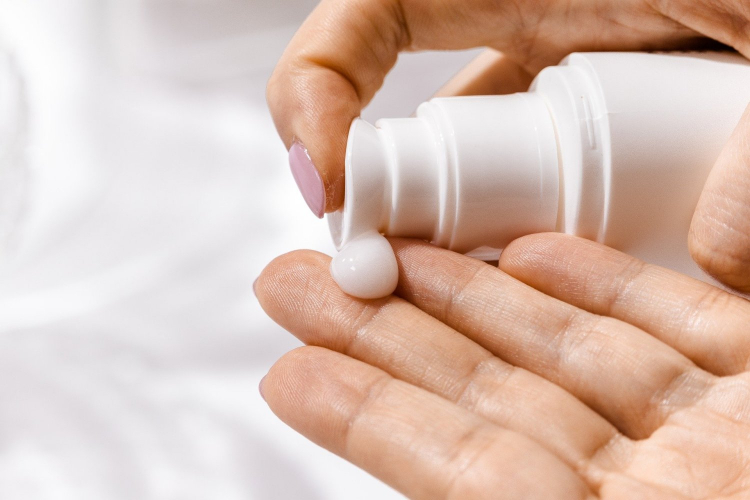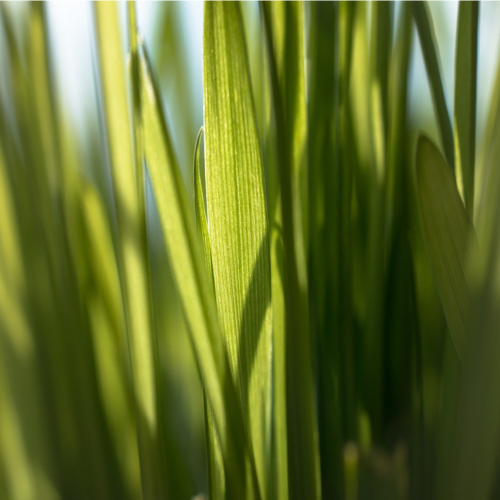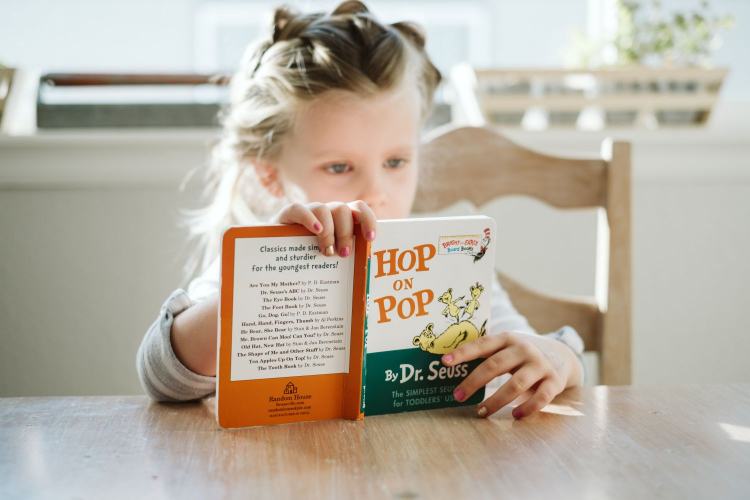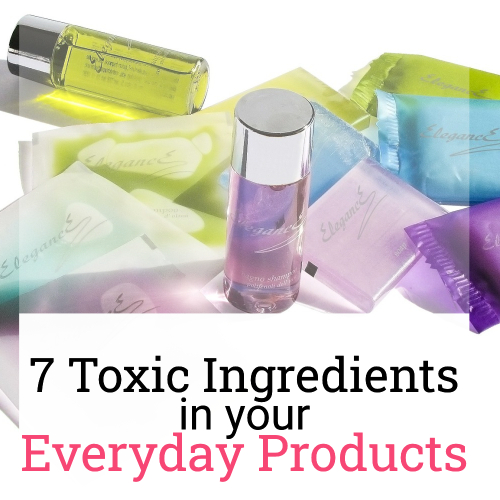
7 toxic ingredients in your products. Have you ever stopped to look at the ingredients in the products you bring into your home? Unfortunately many of our everyday products are full of toxic ingredients.
Think about the soaps, lotions, makeup, deodorant, and cleaners you use daily. Every day we come in contact with products that can either help or harm us. Our skin is our largest organ. It is not a barrier, it is a carrier, and it absorbs approximately 60 percent of what we apply and come in contact with. Once absorbed, it enters our bloodstream and is distributed throughout the body.
You may not experience immediate health ramifications, but as you go through the same routine and use the same products every day, those chemicals slowly accumulate in your body. Some of the toxic ingredients to be wary of in your products can contribute to various health-related issues such as hormone imbalance, reproductive health issues, asthma, allergies, and cancer.
There are some top offenders that we all need to be aware of. Before we make a purchase we should check to see if the product we are buying contains these 7 toxic ingredients.
First, I will share with you some of the top offenders. Then, we will go over how to look for toxins in your products before you buy them.
Here are my top 7 toxic ingredients in your products.
)Sodium lauryl sulfate (SLS/SLES)
SLS’ function is to separate molecules to allow a product to better interact with the surface it’s cleaning. It’s basically the lather you get from your products.
SLS can be found in shampoo, body wash, mascara, acne treatment products, detergents, toothpaste, and more.
SLS is a known skin and eye irritant and has been linked to poor eye development in children. SLS/SLES can also cause kidney and liver issues, central nervous system damage, and respiratory issues. Scientists have also found a link between SLS/SLES and hormone imbalance in both males and females, but more studies are still being conducted. Studies have found residual amounts in the brain, lungs, liver, and heart as well.
A number of studies indicate that SLS/SLES will stay in a person’s system 4-5 days, which means if you’re always using products with SLS/SLES it will remain a constant in your body.
Fragrance
Fragrance can also be labeled as perfume, parfume, or aroma, and it is in damn near every conventional product on the market. Did you know that fragrance is a catch all label for 3,059 potential toxic ingredients? And on average 14 of those are in any given product.
Everything from your lotion, shampoo, and body wash, to candles, scented plugin,s and laundry soap contain fragrance.
Some of the potential side effects of fragrance are:
– Hormone disruption
– Migraines
– Allergy symptoms
– Asthma
– Cardiovascular problems
– Even gastrointestinal issues
Many people don’t realize that fragrance is as toxic as it is. I challenge you to remove fragrance from your products and home for 60 days, and see what happens when you come in contact with them. For me, when I walk into someone’s home who burns scented candles or uses plug-ins, my nose starts to itch and my eyes start to water. I’m definitely affected by fragrances now that I have completely eliminated them from our home.
Look for fragrance free on your personal care products. Make sure you are reading labels thoroughly!
Parabens
Parabens are preservatives found in almost all cosmetic products to prevent bacteria and fungal growth. They have been used since the 1950s.
Parabens are found in makeup, body wash, deodorants, shampoos, facial cleansers, food, and pharmaceutical products. In the 1990s it was found that parabens mimic estrogens in the body.
Parabens have been linked to:
-Cancer
-Hormone function
-Reproductive system function
In 2012 the EU banned parabens in all products. They are banned in Japan as well. Hopefully the US will follow suit at some point.
Phthalates
Phthalates are used to soften and increase the flexibility of plastics. They can be found in deodorant, perfume/cologne, hair spray, moisturizer, laundry detergent, shampoo, conditioner, and more.
Phthalates can also be found in our food, especially meat, dairy, and fast food, and new research has found a correlation between phthalates and the increasing rate of chronic diseases.
Phthalates have also been linked to:
– fertility issues
– obesity
– reproductive system issues
– allergies
– asthma
– ADHD
And more!
Phthalates were previously used in children’s products, but were banned in the US 2008. Makes you wonder why they didn’t ban them in all products.
Triclosan
Triclosan can be found in toothpaste, antibacterial soaps, deodorant, household cleaners, body wash, laundry soap, and even some cosmetics. It was first made as a pesticide. Triclosan is an antibacterial and anti-fungal agent, and in cosmetics it acts as a preservative. It is intended to reduce or prevent bacterial contamination.
Triclosan has been known to interrupt endocrine and thyroid signaling, weaken the immune system, and has been known to cause developmental and reproductive toxicity.
Children exposed to antibacterial products at an early age have an increased risk for developing allergies, asthma, and eczema. Research has linked triclosan to cancer cell growth and antibacterial resistance.
Propylene Glycol (PG)
PG is a fossil fuel byproduct (oil refining and natural gas production). It is also found in nature as a byproduct of fermentation. It is a colorless and odorless substance that has a sweet taste. PG is found in cosmetics and processed foods. It is also in antifreeze.
PG serves as a “vehicle” for topical products like lotions, and is used as a thickener in processed foods like:
-salad dressing
-ice cream
-soda
-soups
-sauces and more
PG can make the blood more acidic. In low doses, the kidneys can eliminate it. But in large doses it can be toxic.
Some potential side effects include:
– Skin irritation
– Allergic reactions
– Toxic to kidneys and liver
– Cardiovascular issues
– Leaky gut
– Increased risk of asthma
Read your packaged food labels. Better yet, avoid packaged foods and buy whole foods.
Toluene
Toluene is a hydrocarbon. It is water-insoluble and has a scent that is associated with paint thinners. It is a byproduct of crude oil and gets into the air you breathe.
Toluene is found in nail polish, hair color products, stain removers, paint, paint thinner, gasoline, and more.
Repeated exposure has been linked to headaches, sleepiness, the inability to think clearly, memory loss, nausea, and more.
Toluene has also been linked to:
-Liver and kidney issues
-Respiratory system issues
-Nervous sytem
-Birth defects
Things we can avoid:
-Traditional nail polish & remover
-Traditional hair coloring
-Stain removing products
-VOC-filled paint
As you can tell from this list of just 7 toxic ingredients in your products, toxins are in A LOT of items we come in contact daily; including our food! They can wreak major havoc on our bodies over time. We have yet to know the full ramifications of these toxins in our everyday products.
How do I check for toxins in my products?
There are two platforms I use to check for toxic ingredients in my products.
First, the Environmental Working Group (EWG), a non-profit, non-partisan organization dedicated to protecting human health and the environment. You can search for ingredients, even tap water ratings, and more on their website. They also have an app you can scan a product with to see it’s rating.
Second, Think Dirty. I don’t use this one as much because I found some flaws with the app, including compensation from brands to rate their products. So I take their scores with a grain of salt and typically add a number to their rating (if they rate a product a 4 it would more likely be a 5).
It is not easy to be a consumer these days. Many of our products aren’t as natural as they were even 40 or 50 years ago. But there are some companies working to make a difference in our lives by providing safe products. Those are the companies I trust because I know they 100% have their customer in mind.
I hope you found this helpful and you now better understand some of the toxic ingredients in your products.
Source List
https://www.atsdr.cdc.gov/phs/phs.asp?id=159&tid=29
https://www.scientificamerican.com/…/should-people-be-conc…/
https://toxtown.nlm.nih.gov/chemicals-and-contam…/phthalates
https://www.webmd.com/a-to-z-…/features/what-are-phthalates…
https://draxe.com/propylene-glycol/
http://www.safecosmetics.org/…/chemicals-of-conc…/fragrance/
https://www.nontoxicrevolution.org/blog/wtf-fragrance
https://www.ewg.org/…/fda-finally-bans-toxic-triclosan-anti…
https://www.ewg.org/…/ingred…/706089/SODIUM_LAURETH_SULFATE/


